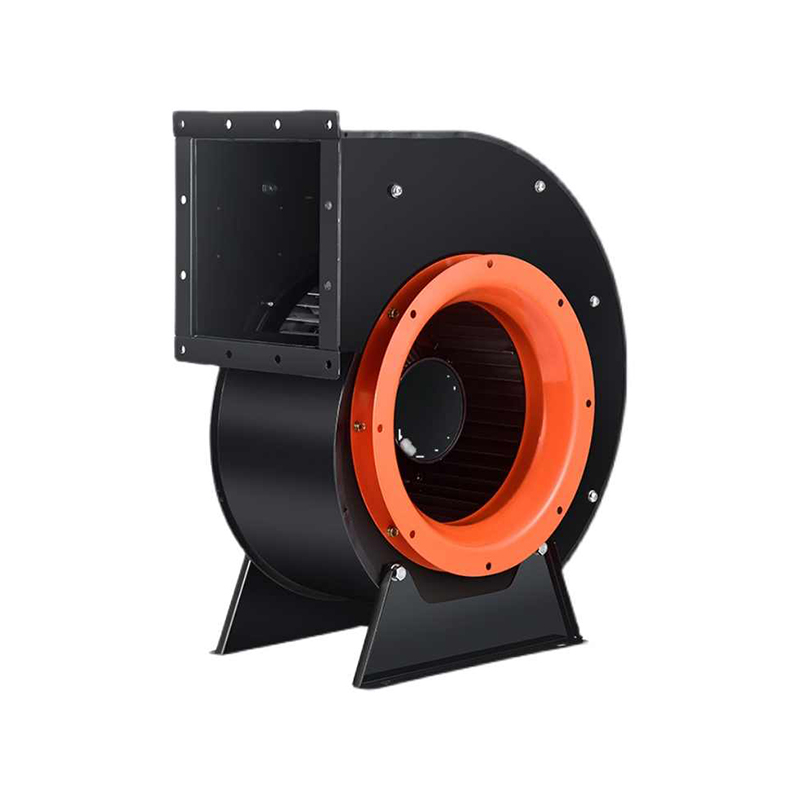Qinlang focuses on providing high-quality products and considerate services, and is committed to meeting every expectation of our customers.
The DKT-133 Cooling Ventilation Double Inlet Air Conditioning Fan is d...
See DetailsAmong advanced solutions for industrial ventilation and cooling are Outer Rotor Axial Flow Fans, which deliver outstanding performance with compact designs. When paired with complementary systems like the Single Inlet External Rotor Centrifugal Fan, these technologies create powerful, energy-efficient air movement solutions for factories, warehouses, and HVAC applications.

The Engineering Behind Outer Rotor Axial Flow Fans
Unlike traditional fans with internal motors, Outer Rotor Axial Flow Fans integrate the motor into the outer housing, allowing for a more streamlined and lightweight design. This configuration enhances airflow efficiency while reducing energy consumption—a crucial advantage for large-scale industrial operations.
Key benefits of Outer Rotor Axial Flow Fans include:
- Higher Airflow Volume – Optimized blade design improves air displacement.
- Energy Efficiency – Reduced mechanical resistance lowers power consumption.
- Compact & Lightweight – Ideal for space-constrained installations.
- Low Noise Operation – Smoother rotation decreases industrial noise pollution.
These fans are commonly used in data centers, manufacturing plants, and commercial HVAC systems where consistent, high-volume airflow is essential.
Synergy with Single Inlet External Rotor Centrifugal Fans
While Outer Rotor Axial Flow Fans excel in moving large volumes of air linearly, Single Inlet External Rotor Centrifugal Fans provide high-pressure airflow for ducted systems. The external rotor design in both fan types enhances motor cooling and extends operational life.
Applications where both technologies complement each other:
- Industrial Ventilation – Outer Rotor Axial Flow Fans circulate air across wide spaces, while Single Inlet External Rotor Centrifugal Fans push air through ducts.
- HVAC Systems – Combining both ensures balanced airflow in large buildings.
- Electronics Cooling – Axial fans cool server racks, while centrifugal fans manage exhaust heat.
The Single Inlet External Rotor Centrifugal Fan is particularly effective in systems requiring directional airflow against resistance, such as filtration units or pressurized environments.
Advancements in Fan Technology
Modern Outer Rotor Axial Flow Fans now feature:
- Smart Speed Control – IoT-enabled models adjust RPM based on real-time temperature data.
- Corrosion-Resistant Materials – Ideal for harsh industrial environments.
- Brushless DC Motors – Longer lifespan and reduced maintenance needs.
Similarly, Single Inlet External Rotor Centrifugal Fans have evolved with:
- Aerodynamic Impeller Designs – For quieter, more efficient operation.
- EC Motor Integration – Further energy savings compared to AC motors.
- Modular Configurations – Allowing customization for specific industrial needs.
Future Trends in Industrial Airflow Solutions
As industries prioritize sustainability, next-gen Outer Rotor Axial Flow Fans and Single Inlet External Rotor Centrifugal Fans will likely incorporate:
- AI-Powered Predictive Maintenance – Sensors detecting bearing wear or airflow drops.
- Renewable Energy Compatibility – Solar/Wind hybrid power options.
- 3D-Printed Components – Lightweight, custom fan geometries.
Conclusion
The combination of Outer Rotor Axial Flow Fans and Single Inlet External Rotor Centrifugal Fans represents the gold standard in industrial air movement. Whether for cooling machinery, ventilating workspaces, or optimizing HVAC efficiency, these technologies deliver unmatched performance while reducing energy costs.
For engineers and facility managers seeking reliable, high-efficiency airflow solutions, investing in advanced Outer Rotor Axial Flow Fans and Single Inlet External Rotor Centrifugal Fans isn't just an upgrade—it's a strategic move toward smarter, more sustainable industrial operations. The future of industrial ventilation is here, and it's spinning more efficiently than ever.